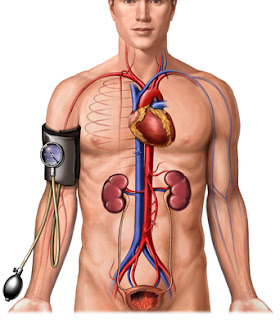The Sprain is injury caused to the ligament. Usually swelling, redness and pain is accompanied in the area of sprain. There are a few first aid measurements for sprain:
• ToMake sure the joint is well protected and is not allowed to hanging.
• Give rest to the injured area. But don’t go for a bed rest.
• Try to do some activity without affecting the injured part. This will help to keep up the cardiovascular conditioning.
• Apply ice on affected area for 20 mins, for 4 times a day, for 3 days. This will decrease the swelling.
• Cover the area with elastic wrap or bandage. Elastic or neoprene wraps are best.
• To decrease the swelling keep the injured area above heart.
• ToMake sure the joint is well protected and is not allowed to hanging.
• Give rest to the injured area. But don’t go for a bed rest.
• Try to do some activity without affecting the injured part. This will help to keep up the cardiovascular conditioning.
• Apply ice on affected area for 20 mins, for 4 times a day, for 3 days. This will decrease the swelling.
• Cover the area with elastic wrap or bandage. Elastic or neoprene wraps are best.
• To decrease the swelling keep the injured area above heart.






















